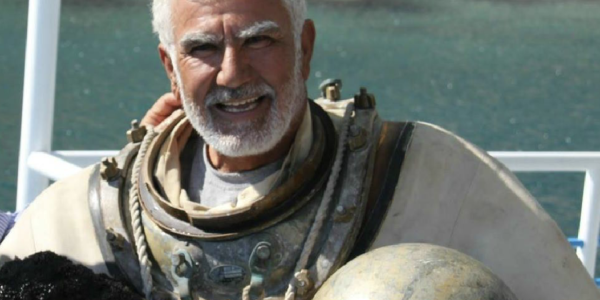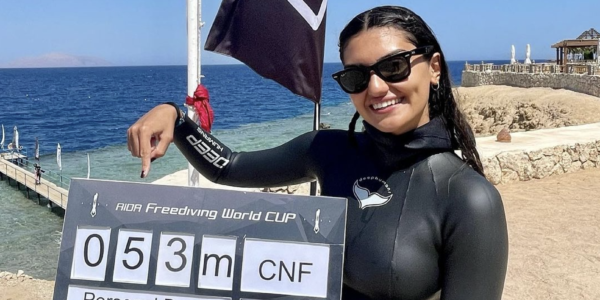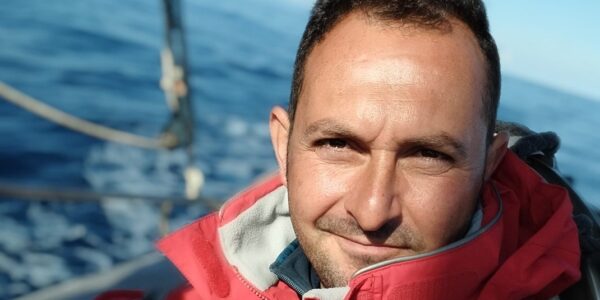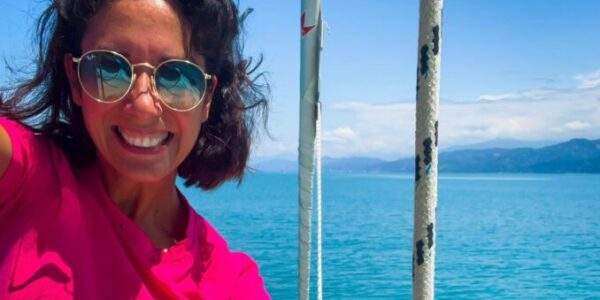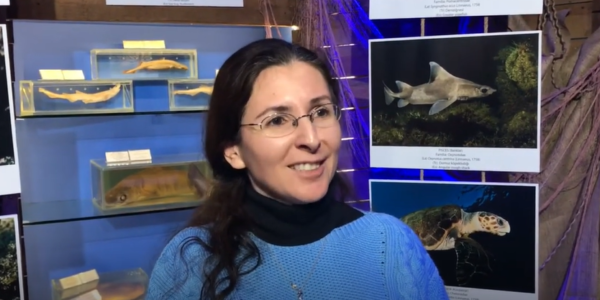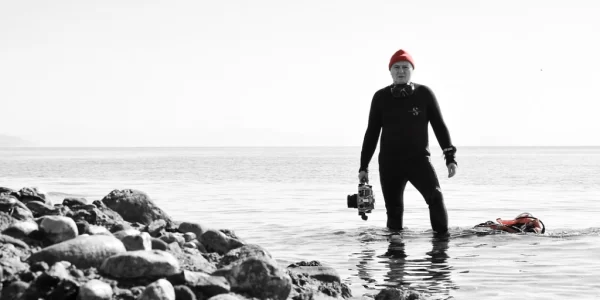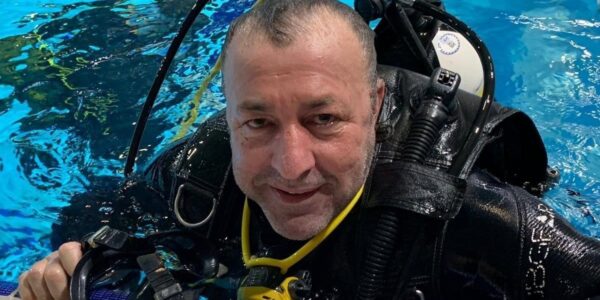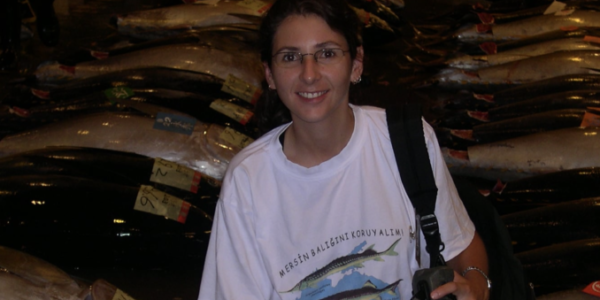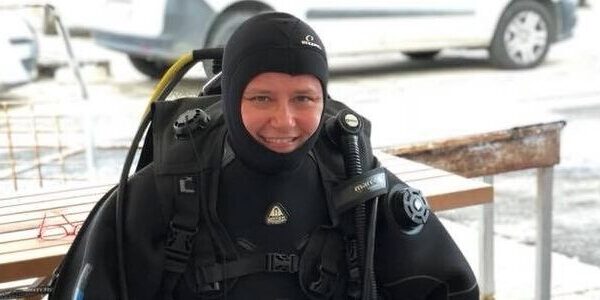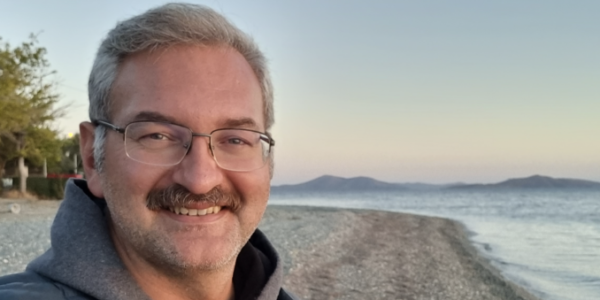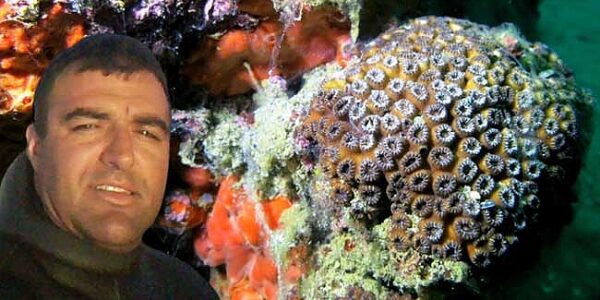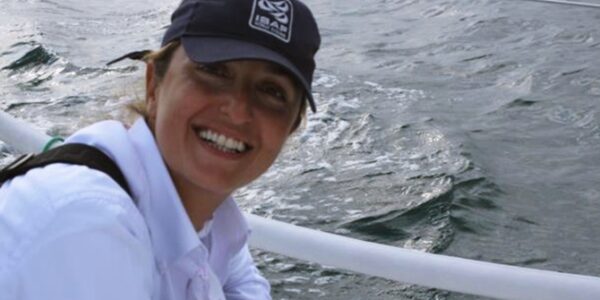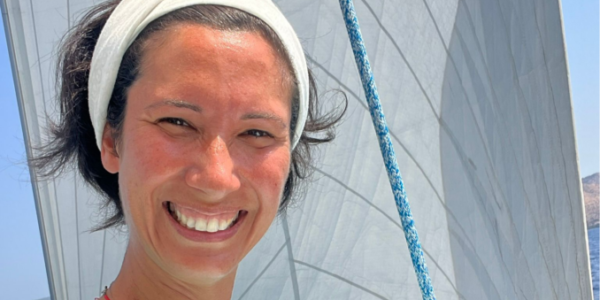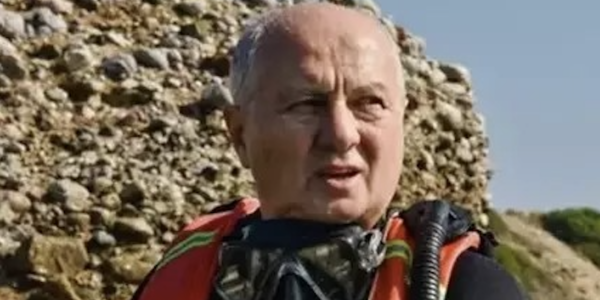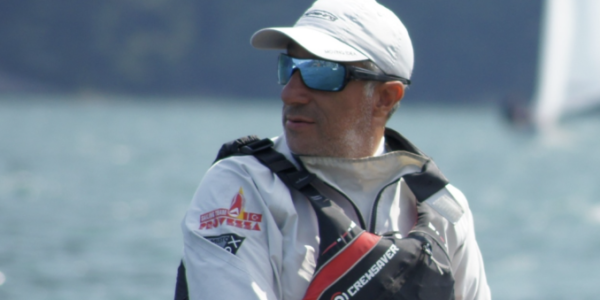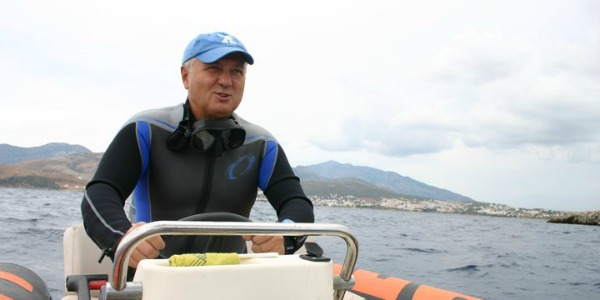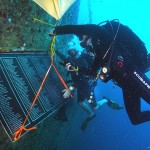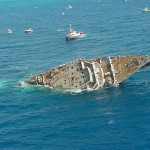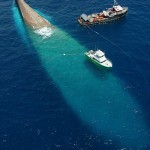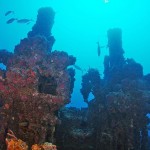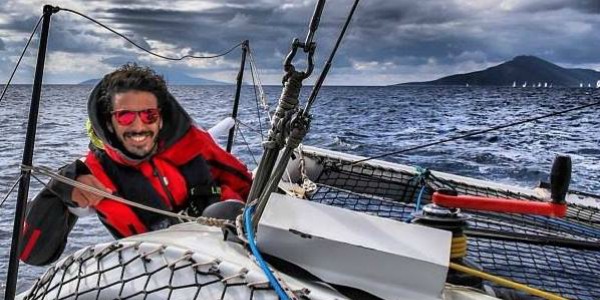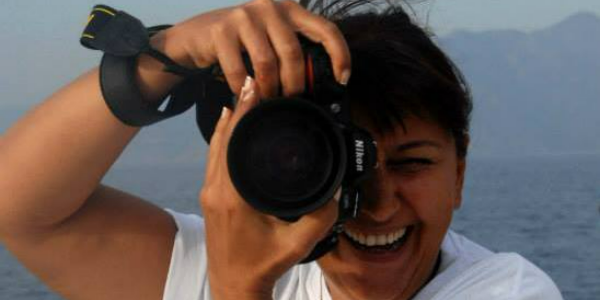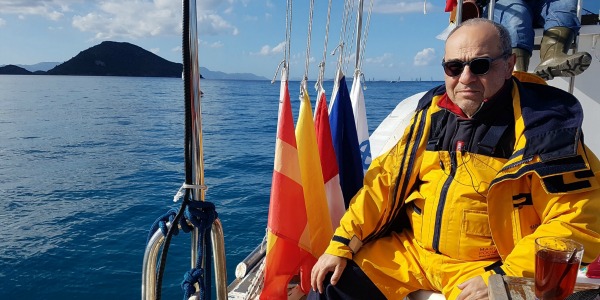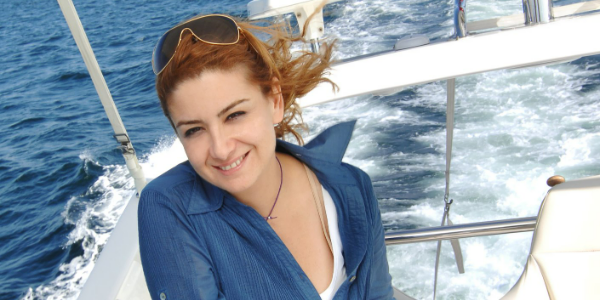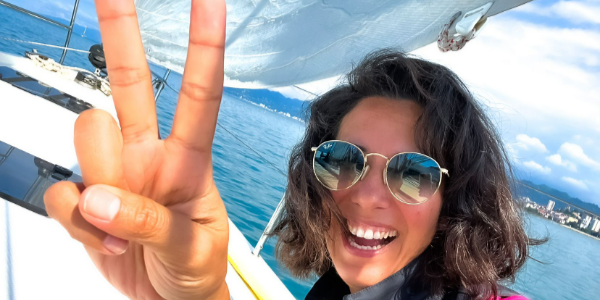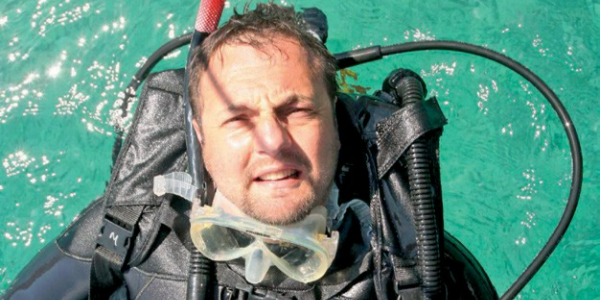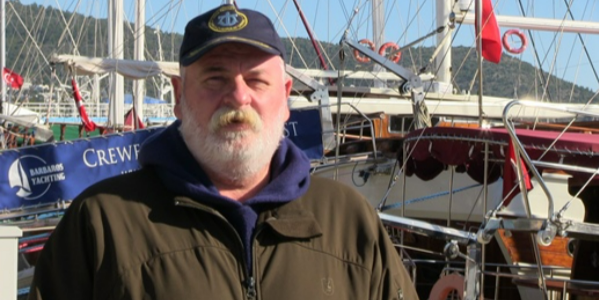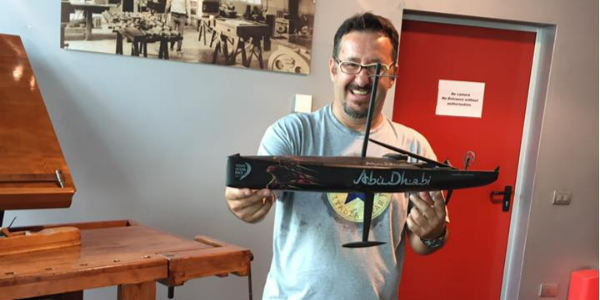Divers have installed a bronze plaque identifying the final 250 of 1,000 contributors to a project that sank a former U.S. Naval ship 15 years ago to become an artificial reef in the Florida Keys National Marine Sanctuary.
The panel was attached to the side of the Spiegel Grove on May 16. On May 17, 2002, as the 510-foot-long former landing ship dock was undergoing final preparations for a dramatic sinking that afternoon, the vessel began to rapidly take on water and rolled over, leaving its upside-down bow protruding above the Atlantic Ocean’s surface.
There were no injuries as workers calmly exited the ship, but the sinking-gone-bad garnered news coverage around the world.
“When the sinking went awry it was difficult for everyone to take, especially me,” remembered Rob Bleser, one of two volunteer project managers. “But we couldn’t have asked for anything more. We wanted it to be the most famous wreck in the world and here it is on every TV channel for weeks and weeks.
“We couldn’t have gotten it any better,” he said.
Three weeks later a salvage crew fully scuttled the ship, but it came to rest on its starboard side in 130 feet of water.
The wreck soon opened for diving but the Spiegel Grove story did not end.
In July 2005, wind and currents, emanating from Hurricane Dennis when it was southeast of the Keys, pushed the ship upright into the position originally intended.
About half of the project’s $1.5 million cost was paid for by the Monroe County (Florida Keys) Tourist Development Council, with the balance coming from private donations helped by a Key Largo Chamber of Commerce program that sold 1,000 lifetime dive medallions for $250 each.
The project required eight years of seeking federal, state and local permissions and inspections prior to the sinking.
Among federal requirements was a seven-year marine life survey project conducted by the Reef Environmental Education Foundation. REEF staff and volunteers have noted more than 200 different species of fish on the wreck.
Project officials believe that a bulkhead in the back engine room unexpectedly gave way, causing the ship to sink prematurely without enough buoyancy control to keep it level so that it would sit on the bottom of the ocean.
The ship had been decommissioned by the Navy in 1989 due to lack of structural integrity in its watertight bulkheads. It was mothballed in the James River Naval Reserve Fleet in Norfolk, Va., with other vessels for more than decade before being made available for the Keys artificial reef project.
In Islamorada, the History of Diving Museum has debuted a special exhibit commemorating the Spiegel Grove Project.
It is slated to continue through Labor Day.
Source: Sport Diver
